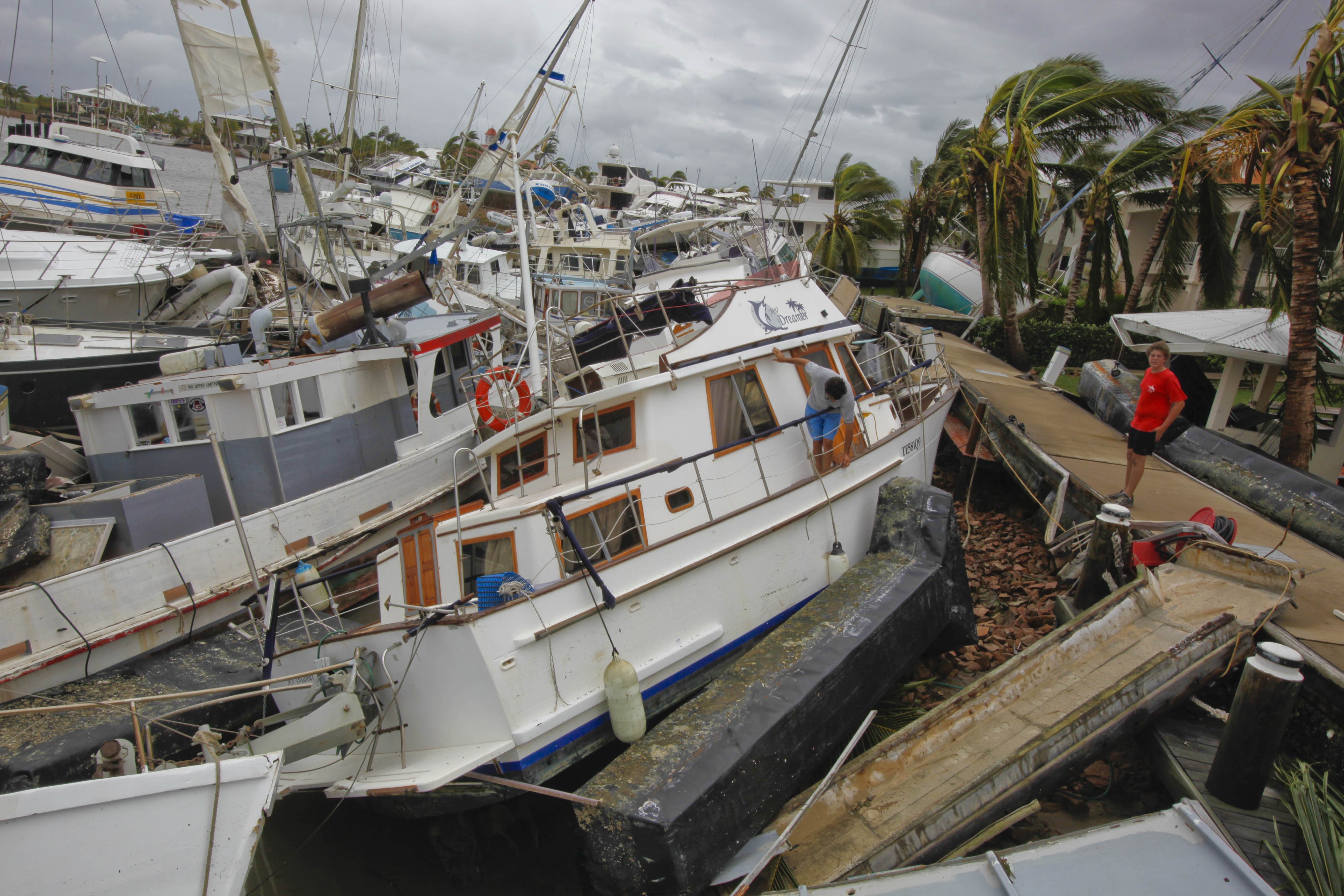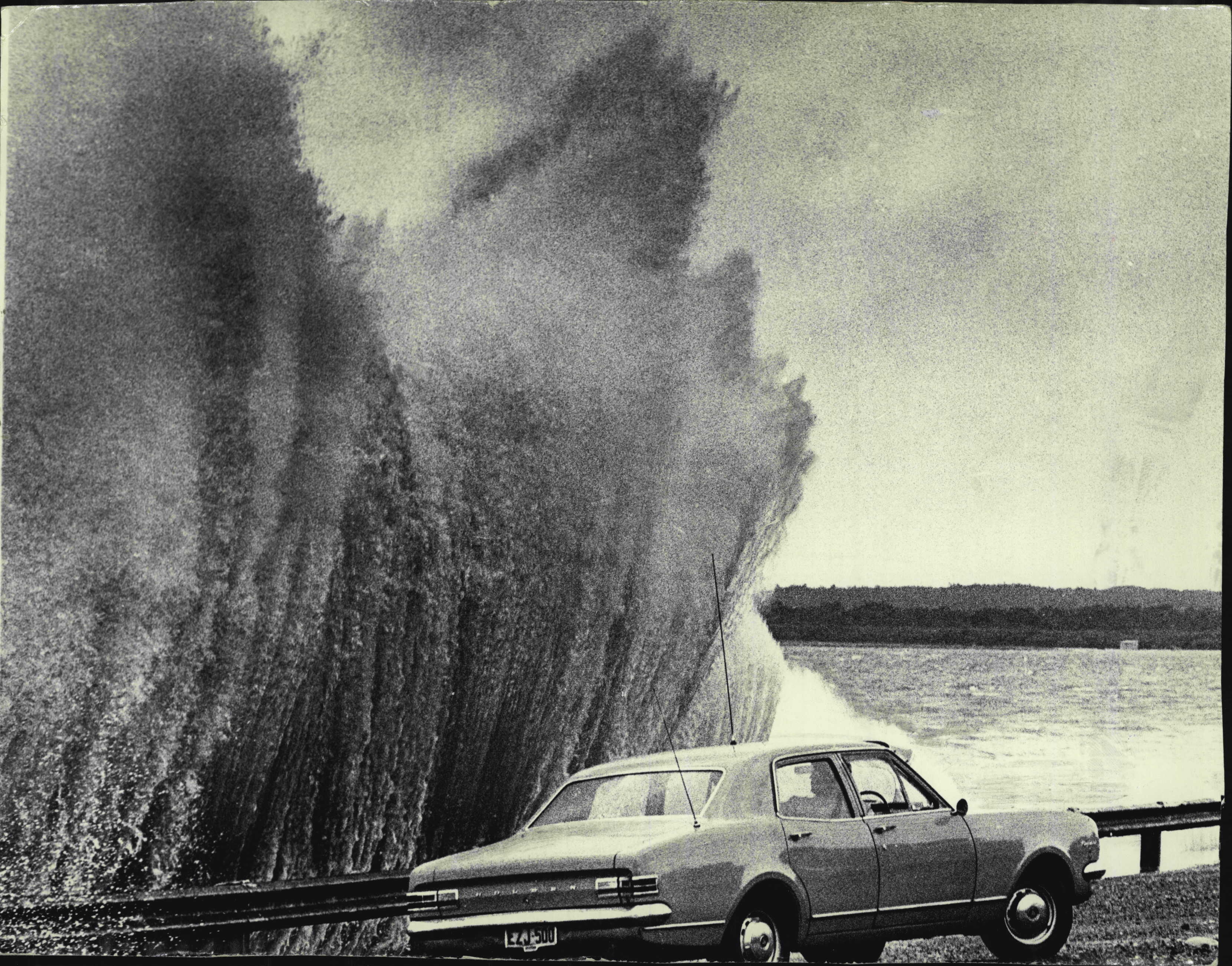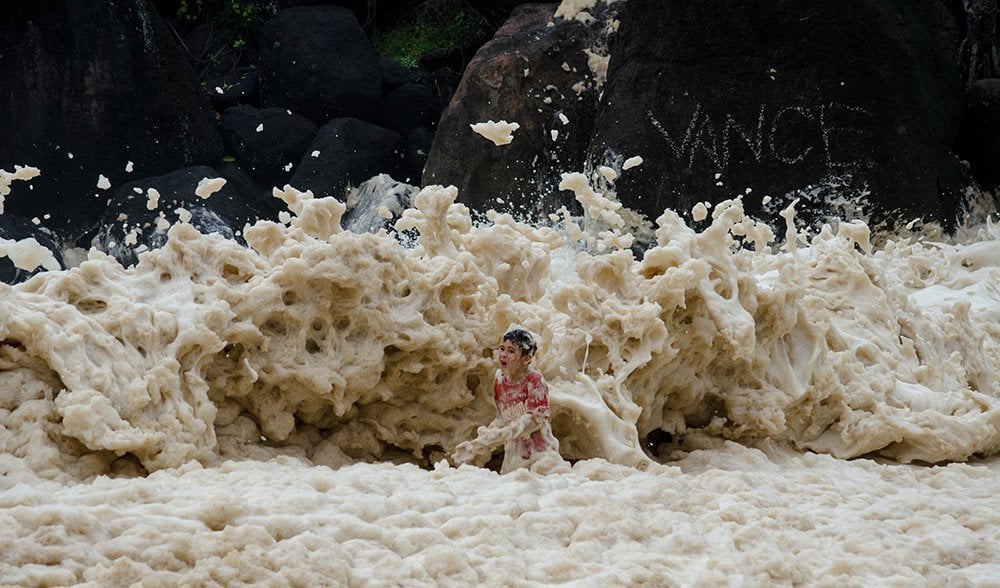In this explainer series, 9news.com.au is examining the concerns and fears around natural disasters, examining potential impacts on Australia.
Tropical cyclones have killed hundreds of Australians and caused billions of dollars in damage – and we've been warned they're only going to get worse.
With another cyclone season upon us, what lies ahead in the coming months?
We explore the impacts of cyclones and what's in store for the future.
READ MORE: The explosive truth about 'supervolcanoes'
How many people have died in Australia due to tropical cyclones?
An estimated 206 tropical cyclone-related deaths have been recorded in Australia between 1970 and 2017.
This is based on data in a report published by the Bushfire and Natural Hazards Cooperative Research Centre.
The report also noted there were an estimated 1593 fatalities from tropical cyclone winds and floods from 1830 to 1989, but these figures are imperfect due to flaws and inaccuracies in historical records.
The records show over time tropical cyclone fatalities and death rates have dropped due to more efficient warning systems.
But research notes that the trend may cease or be reversed with any increase to the storms' frequency or intensity, as well as increasing populations on Australia's tropical coastlines.
How much does tropical cyclone damage cost?
Tropical cyclones are one of the costliest natural disasters that impact Australia.
Cyclone Tracy, which devastated Darwin in 1974, is Australia's most expensive with an insurance damage bill of more than $5 billion.
While Cyclone Dinah resulted in $4.68 billion in insurance payments – the nation's second most expensive – after the weather system smashed the southern coasts of Queensland and New South Wales in 1967.
The costs associated with extreme weather hazards and disasters are likely to change in the future due to increasing greenhouse gas emissions.
Under a low emissions scenario, where timely action will see emissions start to fall and reach zero by 2100, the cost of natural disasters to the Australian economy will rise to at least $73 billion annually by 2060.
This is according to a report by Deloitte Access Economics, published in 2021.
"Increasing costs will be driven by a combination of climate change, growth in population in exposed areas and the real value of property," the report said.
The report noted the cost will "increase significantly" under the alternative emissions scenarios.
Below is a summary of Australia's top 20 most expensive cyclones:
How many cyclones have hit Australia?
On average, about 11 cyclones move into the Australian region annually, but the exact figure varies from year to year due to climate drivers.
For example, fewer systems occur during El Nino years compared to La Nina years.
Around four systems cross the Australian coast during each cyclone season, which typically runs from November 1 to April 30.
Nine tropical cyclones moved through the Australia region in the 2021/2022 season, according to Weatherzone.
READ MORE: Australia Post deadlines approaching
Comparatively, there were eight in the 2020/2021 season and seven in the 2019/2020 season.
This includes systems that did and did not make landfall.
The region includes Australian, Papua New Guinea, and Indonesian areas of responsibility.
The area between the Cape York Peninsula in Queensland and the Pilbara Coast in Western Australia typically experiences the most cyclones in a season.
Is the number of cyclones predicted to increase due to climate change?
The total number of cyclones in Australia is predicted to decrease – but that's not the full story.
Climate models project an increase in the proportion of high-intensity storms, with stronger winds and higher rainfall, according to the Earth Systems and Climate Change Hub.
University of Melbourne expert Professor Kevin Walsh agrees with the modelling.
READ MORE: What are 'bomb cyclones' and what makes them different?
"The most likely outcome for the future frequency of tropical cyclones in the Australian region is a slight decrease," Walsh said.
"There is likely, though, to be an increase in the maximum possible tropical cyclone intensity, as there are good theoretical reasons why that should happen.
"Another prediction that has decent confidence is an increase in tropical cyclone rainfall."
Will the changes pose a risk to Australians?
It is difficult to predict whether changes in cyclone formation and behaviour will pose a risk to Australia, according to Walsh.
"The crucial factor is whether there will be an increase in intense tropical cyclones striking the coast, as they are the ones that do most damage," he said.
"These are rare and therefore difficult to predict."
A likely increase in tropical cyclone rainfall is a flood risk.
"The possibility exists that tropical cyclones might strike slightly further south than they do at present, but the most vulnerable regions will still remain the more populated regions of the tropical coasts," he said.
"Storm surge is a risk in coastal regions and this is projected to increase due to sea level rise, a highly confident prediction of climate change.
"Although there is a fair range of predictions of future sea level rise, due to lack of information on future greenhouse gas emissions and some scientific uncertainty regarding their effects on sea level."
Source: 9News





